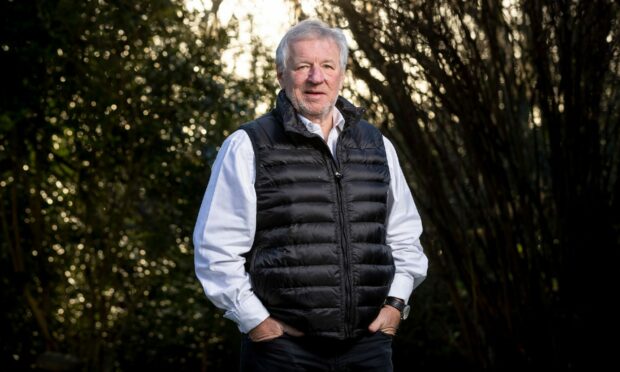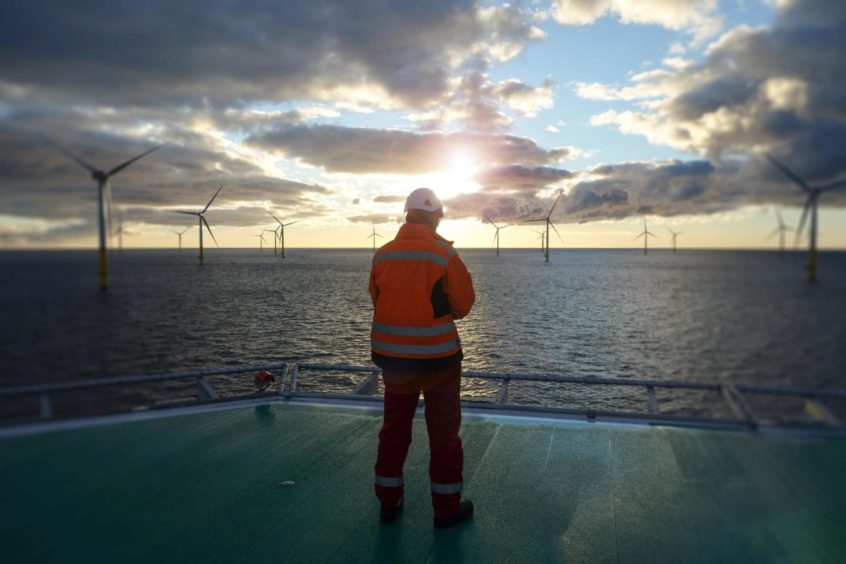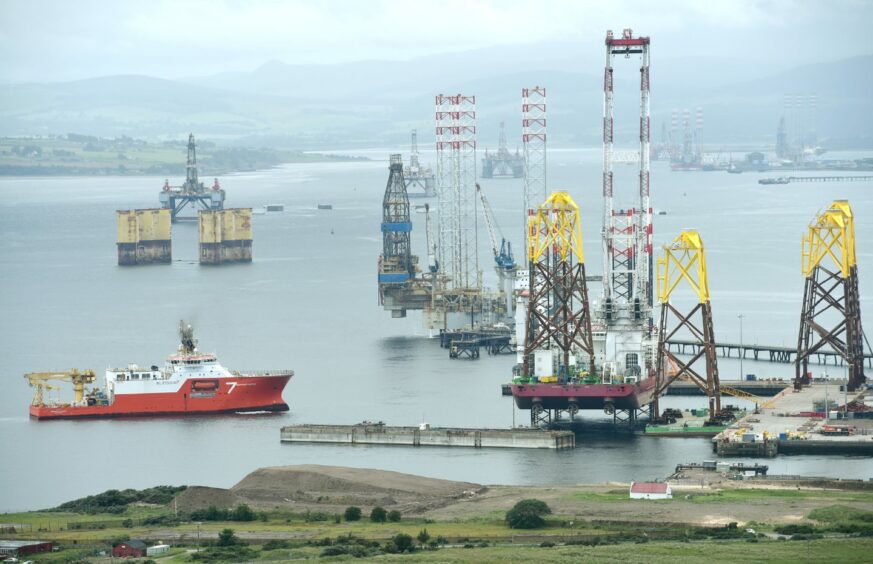It is startling to look back over the past decade and review the changes in the North Sea energy industry and north-east economy.
First there was the downturn in oil and gas, due to declining crude prices.
It turned into a double whammy with an emerging global consensus on the need to abandon fossil fuels.
Entrepreneurs ignored doomsters
There were plenty of doomsters predicting economic meltdown for the north-east but local entrepreneurs had other ideas.
After taking wide-ranging steps to diversify the region’s economy in response to the decline in the oil sector, they made the imaginative decision to put the local energy infrastructure at the forefront of a transition to green energy.
I’d venture to say the green revolution transforming the energy sector in the north-east is just as significant as the beginning of North Sea oil extraction in the 1970s.
Across the entire spectrum of energy-related businesses, the drive towards net-zero is dynamic and coordinated.
The north-east has seen an opportunity, rather than a problem, and is responding by developing a strategy that exploits the potential of both old and new technologies.”
The Aberdeen-based Net Zero Technology Centre, formerly the Oil and Gas Technology Centre, which I chair, was established in 2017.
In the intervening five years it has approved more than 300 projects, screened 1,450 technologies and completed 86 field trials, while co-investing with industry a total of £192 million.
The centre’s approach recognises that oil and gas will be necessary resources for some time to come, so the need is to drive down the industry’s carbon footprint.
The aim is to ensure our oil and gas is clean and inexpensive, to supply UK requirements, while accelerating the next generation of energy resources and making them as cheap as gas and coal.
Offshore wind is a key green energy source. Moray East, comprising 100 turbines, with an installed capacity of 950 megawatts (MW) is Scotland’s largest offshore wind farm.
It has recently achieved its full contracted output of 900MW to the UK national grid.
But it will lose its status as Scotland’s largest installation next year, when the TotalEnergies and SSE Renewables’ joint Seagreen project comes into operation, generating enough power for 1.6 million homes.
While still supporting the oil and gas sector, the north-east is implementing a seamless transition to green energy.
A study by Robert Gordon University has forecast that more than half of North Sea offshore energy jobs could be in low-carbon sectors by 2030.
Jobs are a key concern in creating a just transition to green energy and last year’s landmark North Sea Transition Deal between the UK Government and the industry aimed to support 40,000 jobs of high-skilled oil and gas workers and employees in the supply chain.
The industry committed to a target of reducing emissions from oil and gas extraction by 50% by 2030.
Traditional energy resources are far from exhausted. Recent research suggested 10 new North Sea oil projects currently in the pre-final investment decision phase.”
The UK continental shelf (UKCS) will be central to the drive to develop the possibilities of new technologies such as hydrogen and carbon capture, utilisation and storage.
Research by consultants Wood Mackenzie has shown that developing low carbon technology industries could more than double the economic impact of the UKCS, contributing £2.5 trillion to the UK economy and creating more than 200,000 new jobs, though that outcome would require investment of £430 billion by 2050.
Meantime, traditional energy resources are far from exhausted. Recent research suggested 10 new North Sea oil projects currently in the pre-final investment decision phase could deliver nearly 1.5 billion barrels.
That coincides with the UK Government’s decision, in the wake of the pandemic and war in Ukraine, to ramp up oil and gas production.
The energy future is represented by the planned Aberdeen Hydrogen Hub, a joint venture between Aberdeen City Council and BP to deliver a green hydrogen production and transport fuelling facility, powered by a solar farm, due to start production in 2024.
M&A in growth mode
A healthy sign in the renewable energy industry is its growing mergers and acquisitions activity.
We saw this most recently in Aberdeen-based Centurion Group’s acquisition of Canadian solar-powered equipment firm Trido Energy Services, its fifth acquisition in the past six months.
The north-east has seen an opportunity, rather than a problem, and is responding by developing a strategy that exploits the potential of both old and new technologies, forging an innovative energy policy for the future.
Martin Gilbert is the co-founder and former chief executive of Aberdeen Asset Management.














Conversation